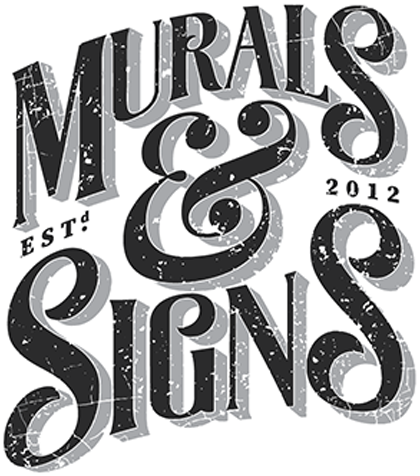Commercial mural installations offer a captivating way to enhance the visual appeal of businesses and public spaces. However, these creative endeavors must not only meet artistic standards but also adhere to local regulations to ensure a smooth and legally compliant process. This comprehensive guide explores the critical importance of complying with local regulations in commercial mural installations and provides insights into navigating the intricate landscape of permits, zoning codes, and community guidelines.
The Intersection of Art and Regulations
Artistic expression through murals is a cherished tradition, but as businesses and communities evolve, so do the regulations that govern them. Striking a balance between artistic freedom and legal compliance is vital to avoid costly fines, delays, and potential removal of murals.
Understanding Local Regulations
Before embarking on a commercial mural project, it’s essential to thoroughly understand the local regulations that apply to your specific jurisdiction. These regulations may include:
Zoning Codes and Land Use Regulations
Zoning codes dictate the types of structures, land uses, and designs permitted in specific areas. Ensure that your mural aligns with the zoning requirements of the intended installation location.
Historic Preservation Guidelines
If your mural is in or near a historic district, you may need to adhere to preservation guidelines that maintain the area’s historical character. These guidelines may impact the mural’s design and materials.
Signage Regulations
Murals may be classified as signage in some jurisdictions. Familiarize yourself with local signage regulations, including size, location, and content restrictions.
Environmental Regulations
Depending on the materials and techniques used, murals may need to comply with environmental regulations to minimize potential harm to the ecosystem.
The Permitting Process
Obtaining the necessary permits is a crucial step in complying with local regulations for mural installations. The permitting process may include:
Research and Documentation
Begin by researching the specific permits required for mural installations in your area. Prepare the necessary documentation, including design plans, dimensions, and proposed materials.
Application Submission
Submit your permit application to the appropriate local government department. Be prepared to pay any associated fees and provide all required information.
Review and Approval
Government officials will review your application for compliance with regulations. This review process ensures that your mural aligns with local standards and poses no safety or aesthetic concerns.
Conditional Approvals and Modifications
In some cases, you may receive a conditional approval that requires specific modifications to your mural’s design or placement. Make the necessary changes and resubmit for final approval.
Engaging with the Community
Community engagement is integral to the success of a commercial mural project and can help ensure compliance with local regulations.
Public Input Sessions
Hosting public input sessions allows community members to voice their opinions on the mural’s design and location. Addressing concerns early on can prevent conflicts and promote community support.
Incorporating Local Themes
Designing murals that reflect local culture, history, or themes can foster a sense of connection and garner community approval.
Collaboration with Artists and Professionals
Working closely with artists and professionals who are well-versed in local regulations can streamline the compliance process.
Hiring Experienced Mural Artists
Collaborate with artists who have experience in navigating local regulations. They can offer valuable insights into designing murals that align with both artistic vision and legal requirements.
Consulting Legal and Regulatory Experts
Enlist the expertise of legal professionals and regulatory experts who understand the complexities of local laws. Their guidance can prevent costly mistakes and ensure full compliance.
Maintaining Compliance Over Time
Compliance isn’t a one-time effort—it’s an ongoing commitment. To ensure your mural remains compliant:
Regular Maintenance and Inspections
Conduct regular inspections to ensure the mural remains in compliance with regulations. Address any issues promptly to prevent potential violations.
Adapting to Changes
Be prepared to adapt your mural to changes in regulations. As local laws evolve, your mural may need to be modified to remain compliant.
Conclusion
Commercial mural installations have the power to transform urban landscapes, inspire creativity, and foster a sense of community. However, achieving these goals while complying with local regulations requires a strategic approach. By thoroughly understanding local regulations, navigating the permitting process, engaging with the community, collaborating with experienced professionals, and committing to ongoing compliance, businesses and artists can create stunning murals that not only captivate audiences but also stand as testaments to responsible artistic expression within legal boundaries. In a world where art and regulations intersect, successful commercial mural installations strike a harmonious balance between creativity and compliance.
